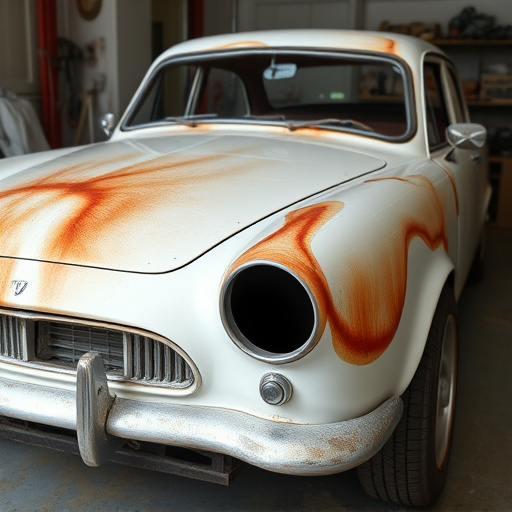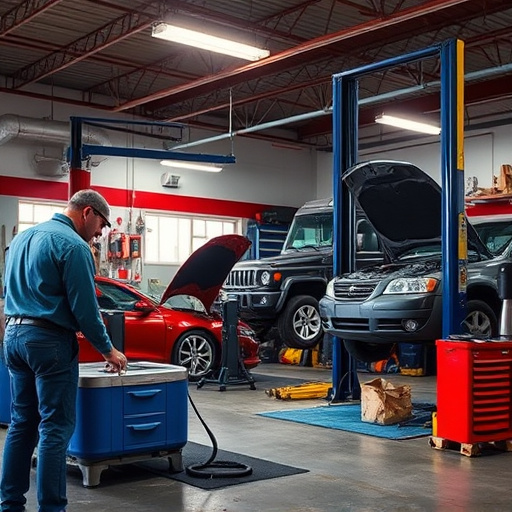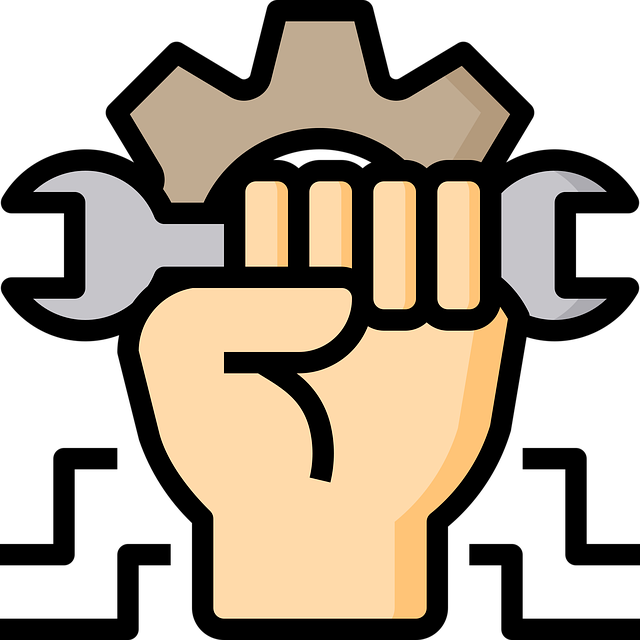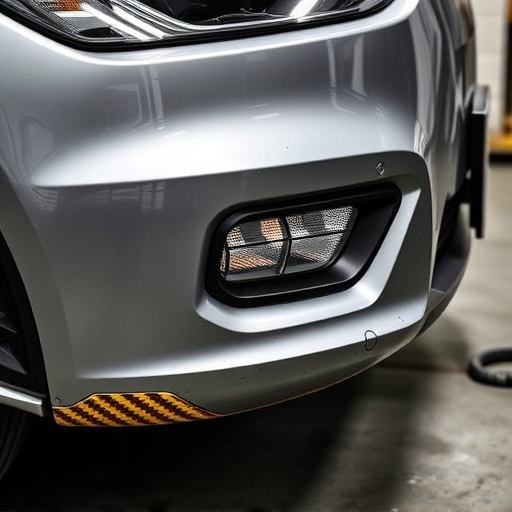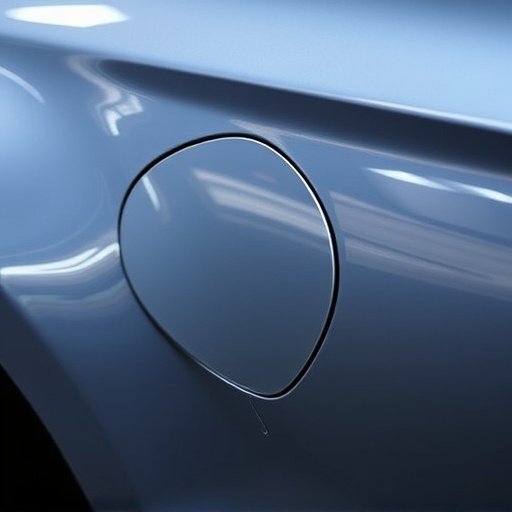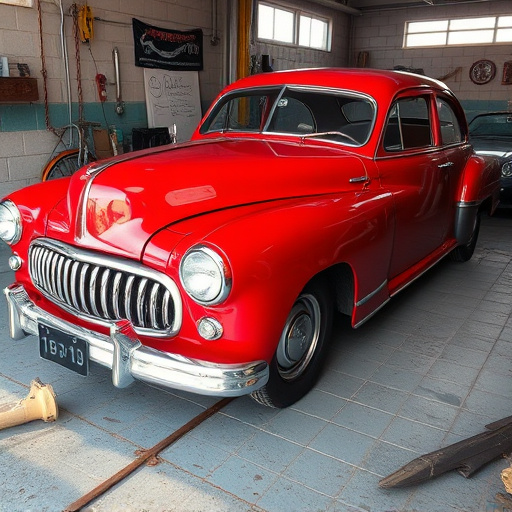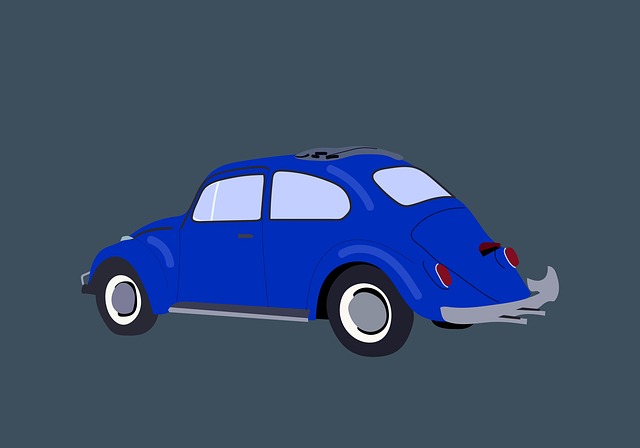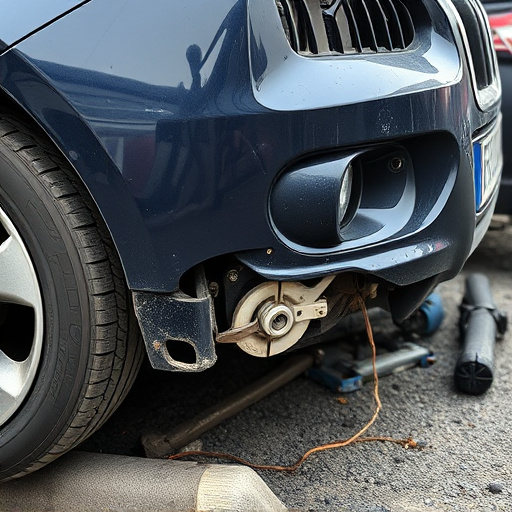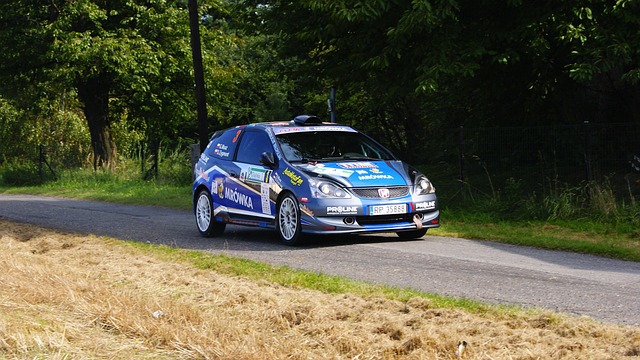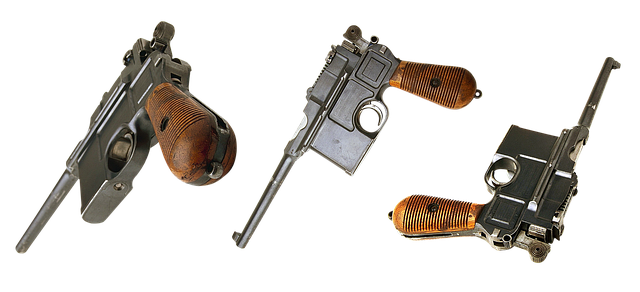Frame damage assessment involves scrutinizing vehicle unibody structure for bends, cracks, and twists using visual inspection and tools like calipers. Accurate recognition guides repair strategies from minor adjustments to comprehensive collision center services, including advanced techniques or frame replacement for severe cases.
“When a vehicle undergoes an accident, proper frame damage assessment is crucial for safe and effective repairs. This comprehensive guide delves into the intricacies of evaluating bent, cracked, or twisted frames. We explore common types of frame damage, detail visual inspection techniques, and provide repair strategies tailored to different severity levels. By understanding these processes, technicians can ensure structural integrity, enhancing safety and vehicle longevity.”
- Understanding Common Frame Damage Types
- Visual Inspection and Assessment Techniques
- Repair Strategies for Different Levels of Damage
Understanding Common Frame Damage Types
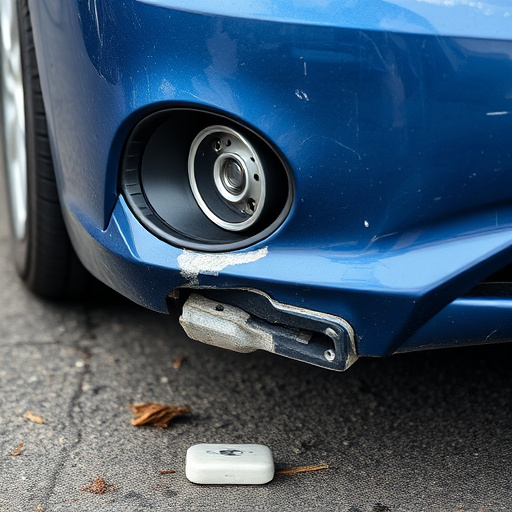
Frame damage can manifest in various forms, each requiring a meticulous approach during a frame damage assessment. Common types include bends, cracks, and twists, often occurring due to accidents or severe weather conditions. Identifying these issues is paramount for accurate repairs, ensuring structural integrity and safety.
During a frame damage assessment, professionals examine the car’s unibody structure, looking for signs of deformation or misalignment. Bends might be subtle or pronounced, while cracks can vary in size and depth. Twisted frames often result from impact or non-aligned wheels, creating off-center damage. Recognizing these damage types is crucial for effective repairs, whether involving minor adjustments or extensive car paint repair and body shop services at a collision center.
Visual Inspection and Assessment Techniques
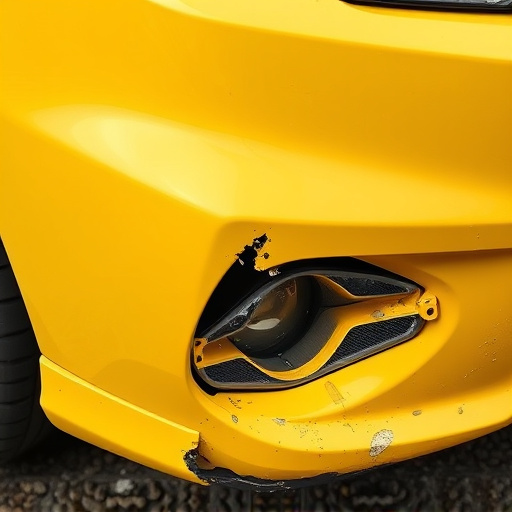
A thorough visual inspection is the first step in frame damage assessment for vehicles that have been involved in collisions. Skilled technicians use their trained eyes to identify any visible signs of deformity, such as bends, cracks, or twists in the vehicle’s unibody structure. This initial evaluation helps determine if further non-destructive testing (NDT) methods are necessary.
During a visual assessment, technicians consider various factors like the type and severity of the collision, the vehicle’s make and model, and common weak points in automotive frames. They employ techniques like measuring with calipers to quantify the degree of deformation, examining welds for integrity, and looking for signs of previous repairs. This meticulous process forms the foundation for accurate frame damage assessment, crucial in determining the feasibility of repairs or the need for replacement parts, ultimately guiding decisions in any collision repair shop.
Repair Strategies for Different Levels of Damage
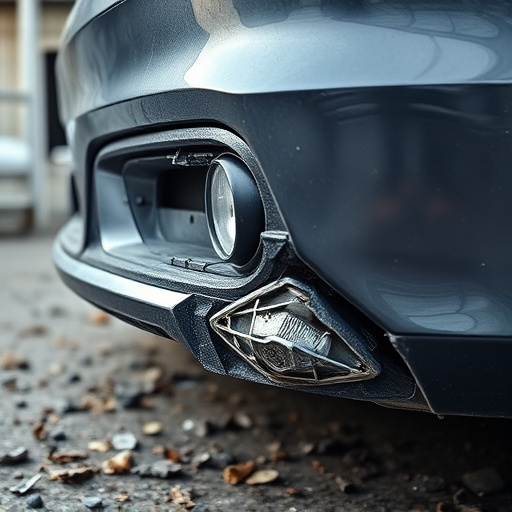
When assessing frame damage on a bent, cracked, or twisted vehicle frame, understanding the extent of the issue is crucial for determining the best repair strategies. Light to moderate damage might involve straightening and realigning the frame using specialized equipment, often referred to as a frame machine. This process returns the metal to its original shape while maintaining structural integrity.
For more severe cases where the frame has significant cracks or twists, auto body shops may employ advanced techniques like welding, brazing, or even the use of composite materials. These strategies are designed to restore the vehicle’s safety and performance standards. In extreme scenarios, replacement of the entire frame may be necessary, which involves meticulous disassembly, inspection, and careful installation of a new frame, ensuring proper alignment and structural soundness in the vehicle body shop.
When assessing and repairing bent, cracked, or twisted frames, a thorough understanding of common damage types and effective visual inspection techniques is crucial. By following structured repair strategies tailored to different levels of frame damage, you can ensure optimal restoration outcomes. Implement these practices for comprehensive frame damage assessment to maintain structural integrity and aesthetic appeal across various repairs.
